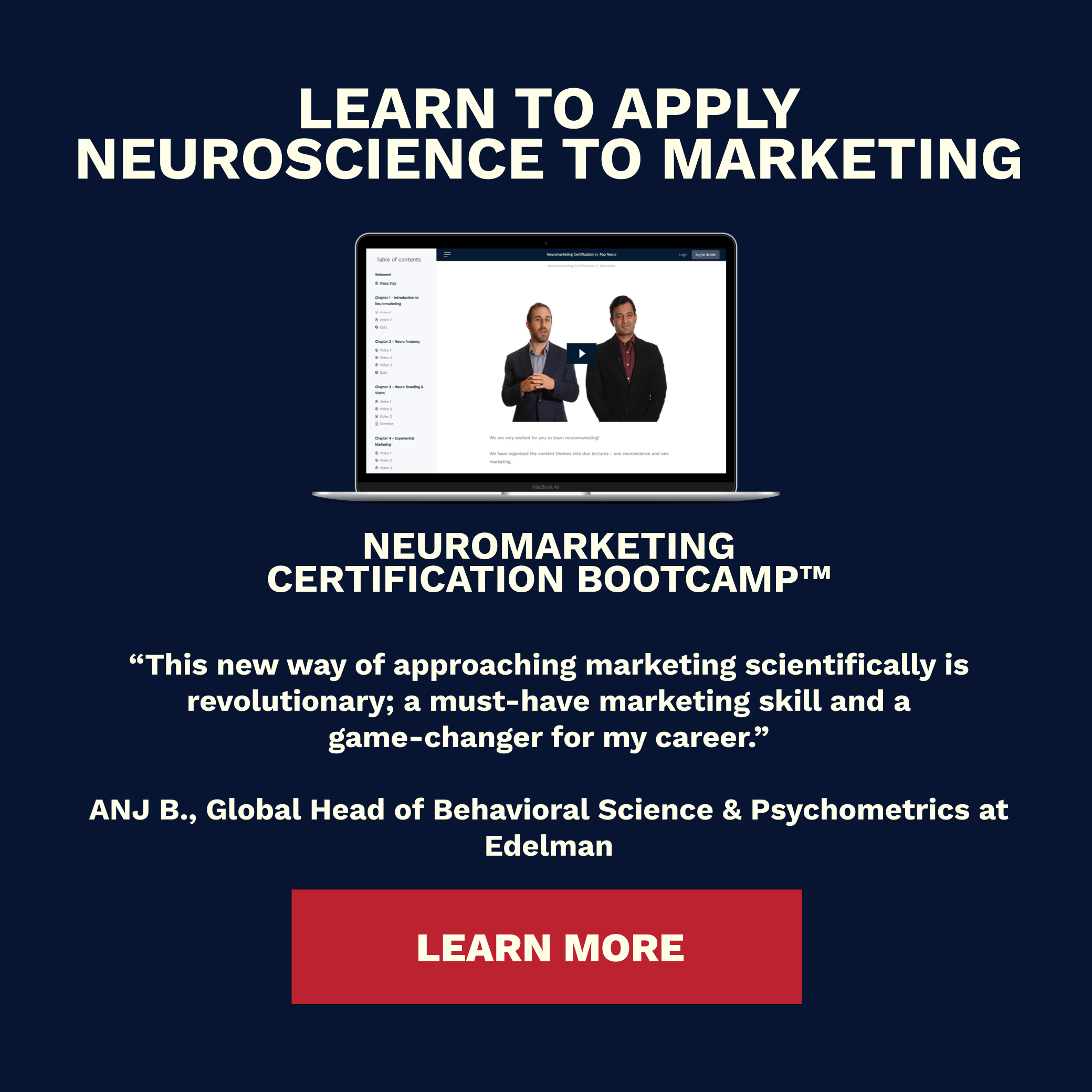The Power of User-Generated Content for Brand Engagement
Photo by Kristian Egelund, Unsplash
Photos that show brands or brand-related consumer experiences are of particular interest to marketers. More than 6.5 billion images are published daily on platforms such as Facebook, Twitter, or Instagram, that are affecting businesses and marketing in general. But how?
In the 2021 study "The power of Brand Selfies," Jochen Hartmann, Mark Heitmann, Christina Schamp, and Oded Netze investigated these mechanisms, identifying the various classifications of brand images on social media and their impact on consumer behavior. Let’s dive in.
Methodology on the Study of Using User-Generated Content to Influence Customer Perception and Drive Purchasing Behavior
Brands attempt to use the selfie phenomenon to their advantage. User-generated content has changed the way consumers are introduced to brands and frequently drives purchasing behavior. This study looks at how trademarks appear in UGC and how it affects brand engagement.
The researchers looked at the existing literature on this topic. Then, they analyzed portions of Twitter and Instagram content using deep-learning algorithms and analyzed the CTRs of display ads. The researchers used two large social media data sets featuring 185 brands and shared via Twitter (214,563) and Instagram (43,585). The team developed a centralized manually trained deep-learning algorithm that fuses advanced image- and text-mining techniques.
They also conducted a controlled lab experiment to understand the causal influence of brand image classes and concluded it with implications of their findings.
Theoretical Background
The research team notes that the academic research has largely focused on textual analysis of UGC, which plays a crucial role in understanding behavior drivers. In traditional advertising, it has been found that the consumers' ability to smoothly relate the brand's concept to their individual experiences in brand selfies can generate higher levels of cognitive discussion and mental simulation of brand consumption. Commercial patterns enabled the researchers to suggest the presence of significant differences in self-reference and brand engagement for the various types of user-generated content.
Image and Textual Analysis
The data has revealed that on both social platforms packshots had a share of approximately 65%. It was found that visible human appearances drive sender engagement. The study has shown the highest number of likes for consumer selfies. More importantly, however, the study has shown that the pattern of likes and comments does not relate to brand engagement the equivalent way. Both brand selfies and packshots received more buying intentions. Brand selfies generated significantly more purchase-intent comments than packshots.
The team has researched the relationship between image type and display ad CTR, which is a crucial metric to track the performance of online advertising. The display-ad data set combined 72.68% brand selfies, 18.80% consumer selfies, and 8.51% packshots. Compatible with the results from the prior UGC data sets, brand selfies outperformed consumer selfies.
The Experiment on Social Media Content: Selfies
In addition to the examination of existing social media content, the team has recruited 750 panelists from Amazon's Mechanical Turk. They were assigned to artificial stimuli of Instagram posts, showing a burger in a consumer selfie, a brand selfie, or a packshot view. Everyone was asked to compose a commentary they would make to that post.
Plausibly, due to the artificial setting and the difficulty of mimicking a response to an unfamiliar sender, the team found that hypothetical engagement does not replicate what we observe in the field. Yet, consistent with the field data, they found that declared purchase intent is highest for the brand-selfie image and significantly distinct from the other two image types. The statistically meaningful differences in purchase intent were not found.
The Results and Implications of Social Media in Understanding Consumer and Marketing Psychology
The activity of social media users is crucial to understanding marketing psychology. The conclusion that users are more likely to post brand selfies than consumer selfies implies that brand-selfie campaigns may deliver both more image posts and higher brand engagement. However, the researchers do advise that a richer account of the target market’s consumer psychology is needed to tailor the approach; brand-selfie campaigns may not be in line with consumers' individual objectives.
An impact of brand selfies on brand engagement exceeds a host of controls for alternative evidence. Thus, the effect of prejudiced brand-image perspectives and actual logo salience are additive rather than substitutive. Nevertheless, from a managerial viewpoint, buyer posts of brand selfies are expected to carry larger brand logos at more central locations simply due to physical constraints.
Combinations of deep learning-based picture classification, machine learning, and language model-based text mining can help identify which of these are anticipated to result in valuable brand engagement.
Your Pop Neuro Consumer Behavior Insights:
Three types of brand-related selfie images appear online: consumer selfies (featuring brands and consumers' faces), standalone product images, and an emerging phenomenon - brand selfies (invisible consumers holding a product).
The engagement with UGC does not equal commitment to a brand or an enduring impact on consumer behavior. This is because consumers tend to connect not just with the brand, but with the users who generated the content.
The brand-selfie images likely produce even more distinguished effects of brand engagement than evidenced by the controlled analysis.
This is an exclusive, members-only post. To get access to more posts like this, sign-up for the Consumer Behavior Insights Magazine here



References
Hartmann J., Heitmann M., Schamp C., Netzer O. The Power of Brand Selfies. Journal of Marketing Research. 2021;58(6):1159-1177. doi:10.1177/00222437211037258

